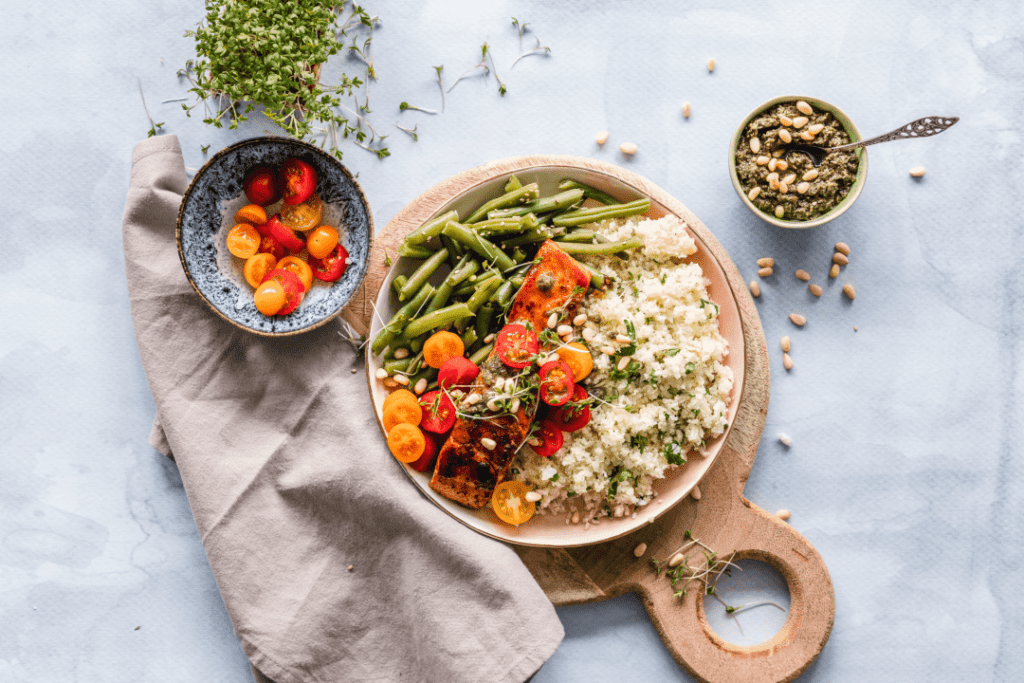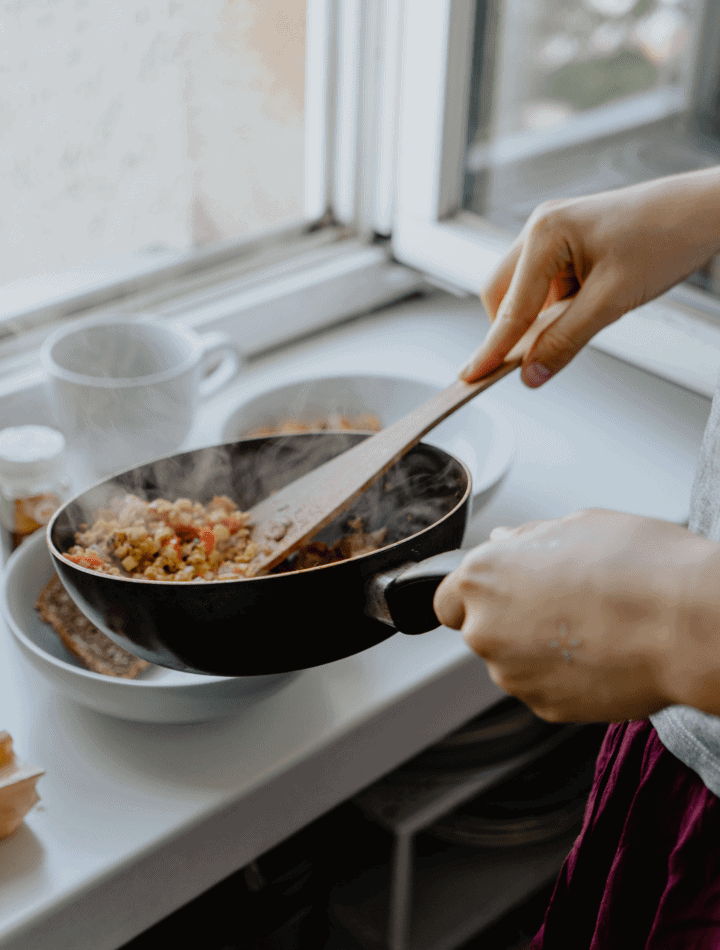In this article, we will present you some simple advices to make the most of your retirement in good health and a good living environment through food. These tips can be easily applied, and are aimed at most seniors, even those with physical pathologies (e.g., mobility problems, special diet). These are commonly accepted and common sense recommendations. However, we obviously recommend that if you have any doubts, you contact your doctor. He or she will always be in the best position to advise you on your particular situation. So, are you ready to improve your quality of life in just a few minutes?
The question of hunger
Food, as we often repeat, is the basis of many things. It is the cornerstone of a healthy and balanced lifestyle. Its influence on our life, our feelings, our physical and mental well-being is considerable. It is therefore important to pay special attention to it. The first thing, and perhaps the most important, is to eat enough. This may seem simple, but it is fundamental. Nutrient needs and eating habits can vary greatly between individuals. Especially, these needs differ according to age. A 25 year old individual will not have the same needs as a 45 year old, or even a 70 year old senior. Therefore, we must be wary of the commonly accepted conventions on the “standard” quantities of food that should be consumed at each meal. It is better to listen carefully to one’s hunger, one’s feelings. It is important to pay particular attention to it because the end is quite different from a sensation that may seem similar but which in reality hides something else: gluttony. Indeed, who has not had a sudden end one afternoon when seeing a magnificent chocolate dessert in front of his eyes? Even though a few minutes before, we never imagined ourselves nibbling something. We must listen to our feelings, but also give ourselves a few moments of reflection. Instead of rushing to the cake that’s in front of you, take a few seconds to think about your real hunger. If after a minute you still feel the need to eat, it is probably a real hunger and you can afford to eat.
Variety and Quantity
There is a saying that could sum up this part: “enjoy everything, but don’t overdo it”. It may sound like a phrase, but it sums up the philosophy quite well. Like many things in life, it is the quantity that makes the poison. To completely deprive yourself of a category of food or drink (chocolate, cold cuts, wine) is to take the risk of creating frustration, which would only aggravate the problem. In fact, frustration often leads to excesses, to “letting go” which precisely fill and compensate for this lack. If you manage to control yourself and avoid chocolate for two weeks, and yet you desire it intensely, it is likely that this frustration will manifest itself at the time of a “coup de blues” or of not feeling well, and that you will throw yourself on the carefully hidden box of chocolate. Rather than risking this excessive consumption, we recommend that you smooth out your consumption over the long term. This way, you will avoid frustration and continue to enjoy your favorite food or drink regularly. In our example, we recommend that you indulge in a small piece of chocolate at regular intervals if you love it (every other day, twice a week depending on your situation). The result: little or no impact on your waistline, and the joy of life is preserved by continuing to enjoy the things you love.

The breakfast
Breakfast is the basis of the day. It is the foundation of your daily diet, and therefore the basis of your energy and well-being. It will largely determine your energy, especially in the morning until lunch. If it can differ according to your schedule, especially in terms of quantities (if you plan a long walk or sport in the morning for example), there are however some basic healthy principles to respect. First of all, your breakfast should contain a majority of carbohydrates, or slow sugars. They are the basis of your energy source. These sugars have the particularity of flowing over a long period of time in your body, regularly supplying your organs and muscles with energy. They are different from slow sugars, which flow into your body in one go, and therefore generate a positive sensation at the time, but sudden fatigue once the sugar is completely dispersed. Therefore, here are some foods that will provide you with slow sugars: cereals (in wholemeal form such as muesli, or in processed form such as rusks or toast). We recommend that you accompany these cereals with a lightly sweetened pastry, in order to add a little taste pleasure to your meal (e.g. jam, Nutella paste) – of course in moderation. Next, we recommend that you include a dairy in your breakfast to ensure the strength of your bones thanks to the vitamin D they contain. This dairy can take different forms: cow’s milk (healthy contrary to the many false rumors on the subject), yoghurt, cottage cheese. We do not recommend cheese because of its fatty nature, but you can have it once or twice a week (on weekends for example). Finally, breakfast should include a piece of fruit, which is essential for the vitamin intake. In this regard, we recommend that you vary the sources of fruit from day to day, because of the diversity of vitamins contained in different fruits. Example: vitamin A for organs, vitamin C in kiwi. You can consume these fruits in their natural form, in juice, or in compote. Here are some examples of fruits for the morning: orange, grapefruit, clementine, kiwi, banana, peach, apricot.
Lunch and dinner
According to a common image, meals take the form of an inverted pyramid during the day: the most important in the morning, a little less important at noon, and finally even smaller in the evening. Lunch is therefore a little less substantial than breakfast. However, it is true that the trend is a little different in our societies in that people generally have less time to eat at noon than in the evening, particularly because of professional activity. As a result, lunch is often quick and fairly light in terms of quantity (sandwich). We recommend that you eat a full meal at lunchtime. Here are its components: raw vegetables (salad, tomatoes, radish, broccoli for example), proteins (meat, fish, egg), as well as vegetables (cooked carrots, peas, beans, spinach) and starchy foods (pasta, rice, potatoes). Of course, you will probably find it difficult to consume all these components in one meal. That’s why we recommend that you split this list between lunch and dinner. What you don’t eat at lunch, you eat at dinner. This way, you will have all your nutritional needs met in one day. For example, at noon you will have raw vegetables (salad and tomatoes), proteins (chicken) and vegetables (green beans). You will then have to take starchy foods for the evening, you will take pasta for example. Finally, whether at lunch or dinner, finish your meal with a dairy product and a piece of fruit (yogurt, cottage cheese with an apple, melon or grape for example). In this way, you will supply your body with all the nutrients it needs to function properly, and you will enjoy optimal comfort!



